Creative collaboration has been at the heart of some of the most important movements in the history of photography. In 1929, for instance, Lee Miller showed up at Man Ray’s doorstep, unannounced, and asked to become his assistant; together, they would redefine Surrealism. Husband-and-wife duo Bernd and Hilla Becher worked side-by-side for nearly half a century, while fashion photographers Mert & Marcus have been collaborating since landing the cover of Dazed in the 1990s.
It might come as no surprise, then, that research indicates that working together can actually boost our motivation and improve our performance. In an artistic field like photography, you often have to collaborate to innovate; finding the right team can push us out of our comfort zones, spark the imagination, and encourage us to find more creative solutions to familiar problems. Finding the right team can also help you expand your skills, get out of a creative rut, and tackle more ambitious projects.
In short, the ability to work well with others—including models, stylists, makeup artists, and other creatives—is an essential skill in any photographer’s toolbelt. We created this simple guide to help you get started.
Finding and approaching collaborators: A brief introduction
Finding collaborators who understand your vision and process can take time, but it’s important to start with an open mind. Browsing 500px and Instagram for like-minded photographers can provide an ideal point of departure. Model Mayhem is a popular spot to find models and stylists. Look for people in your location who share similar interests and a complementary aesthetic; you can narrow down your searches with location-specific hashtags or keywords.
If you find someone online, you can send them a quick message complimenting their work to strike up a conversation. From there, let them know you’re available if they ever need an assistant or volunteer on set. Send your portfolio or personal projects so they can get a feel for what you do. It can also help to have a clear concept of what you’d like to shoot and how your project could benefit them.
Of course, you can also find collaborators offline at industry conferences, workshops, or meetups. Photo walks and festivals can also be good spots to make connections. Build a proactive practice by putting your name out there and meeting people; you never know who could become a collaborator in the future.
One thing to consider when searching for potential collaborators, from models to photographers, is where they are in their careers. Ideally, you’ll reach out to people who are at a similar stage as you are. If you’re just getting started, aim to work with people who can grow and evolve with you. If you’re more experienced, reach out to someone with a resume that piques your interest. Choosing the right people to collaborate with is the first step toward a fruitful partnership, so select people with similar goals and ideas.
Finally, when connecting with other pros in the creative industry, be honest and straightforward. If you’re able to pay them, let them know your rates. If not, tell them what you can offer in exchange for their time. Emerging models and makeup artists, for example, might be open to trading “time for prints”: they work with you, and you give them high-res images or prints to use for their portfolios/marketing materials. Either way, get those details out of the way before you do anything else.
Five tips for a successful collaboration
1. Communicate early and often
In addition to telling your collaborators about what you hope to create, don’t be afraid to show them. Put together a mood board, even if it’s just on Pinterest, and share it with them. Send reference photos and inspiration back and forth. In the conceptualization phase, invite them to throw out their ideas, and see how you might implement them with your own. Keep in touch via Slack or WhatsApp, and swap concepts to see what works for everyone involved.
Make sure you’re on the same page about the mood, lighting, color palette, and direction of the shoot, and iron out those details as soon as possible to avoid potential miscommunications. Share what you’re each working on individually as you prepare for the session, and hop on video chat to touch base and update one another on your process. Agree on a shot list. Ask questions, and encourage your collaborators to do the same.
2. Get it in writing
As we mentioned before, it’s essential that everyone understands exactly what they’re responsible for and what they’ll get in return, whether it’s payment, promotion, or something else. If you can get it in writing, even better. A contract protects you and your collaborators from frustration and disappointment.
Once your duties are set in stone, make a clear schedule and set deadlines for every phase of the process, from the creation of the mood board to the final delivery of edited images. Be specific about what you plan to deliver (e.g., RAW files, retouched photos, prints) as the photographer. Before the day of the shoot, make sure everybody knows when they’re supposed to arrive, where they’re going, and what they’re responsible for bringing with them.
3. Set realistic expectations
Collaborative projects tend to be highly ambitious, but when you’re working with someone for the first time, it can help to start small—perhaps with a test shoot or personal project. Write down your goals, and share with each other what you hope to get out of your collaboration. It can also help to create a custom checklist for everyone so that nothing falls through the cracks.
No one can be expected to read your mind, but you can give clear directions and answer any questions someone might have. Give them the tools they need to succeed. Be open about what works for you and what doesn’t. You can also check in with your collaborators regularly about how they’re feeling and what you can do to communicate better. Transparency and trust form the backbone of any long-term partnership.
4. Let people do their jobs
If you initiated the collaboration, you’re responsible for ensuring that everything runs smoothly, but you also have to give your collaborators space to be creative. It’s okay to disagree and work through problems together, but remember that you all have the same goals. Micro-managing can easily stifle an otherwise thriving partnership, so try not to be precious about your ideas or overly critical of theirs.
Let your collaborators know you trust their expertise. You chose them for a reason, and chances are, they know more about their job than you do, whether it’s makeup or prop styling. As the photographer, you might be steering the ship, but you also want to ensure that everyone has a voice. By keeping an open mind, you give yourself the opportunity to grow and evolve.
5. Give credit where it’s due
Before the shoot, decide on how and where the photos can be shared. For example, is everyone allowed to post the images on social media and their websites, or are certain photos earmarked for publication and therefore off-limits? Once you’re all on the same page about where, when, and how you can post the images, remember to give everyone proper credit in all your posts. Include their website information and social media handles, and ask them to do the same for you. Ideally, you both benefit from being exposed to each other’s audience.
Not on 500px yet? Sign up here to explore more impactful photography.

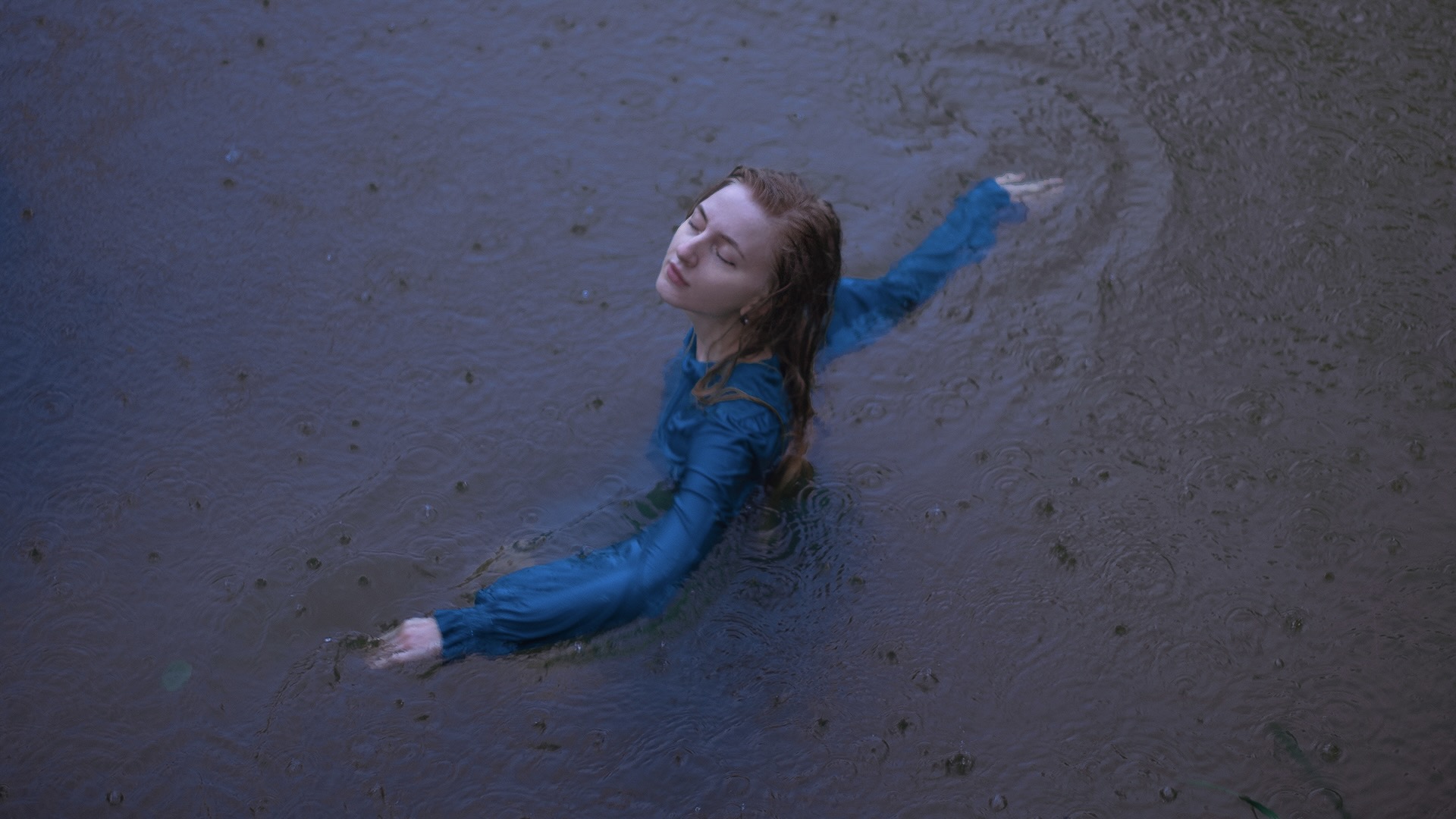





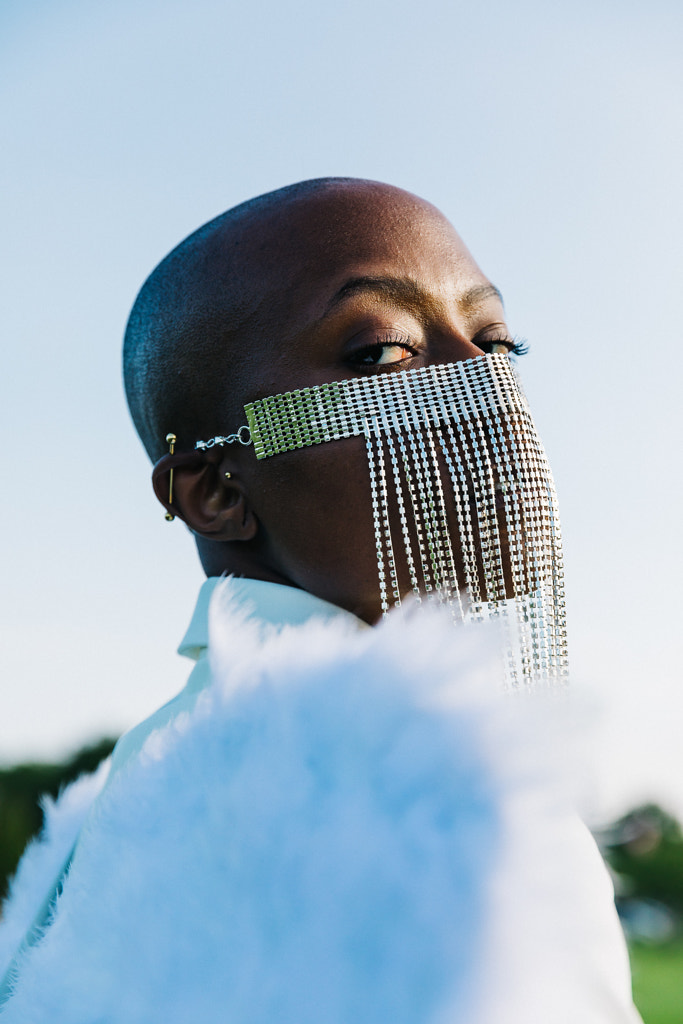
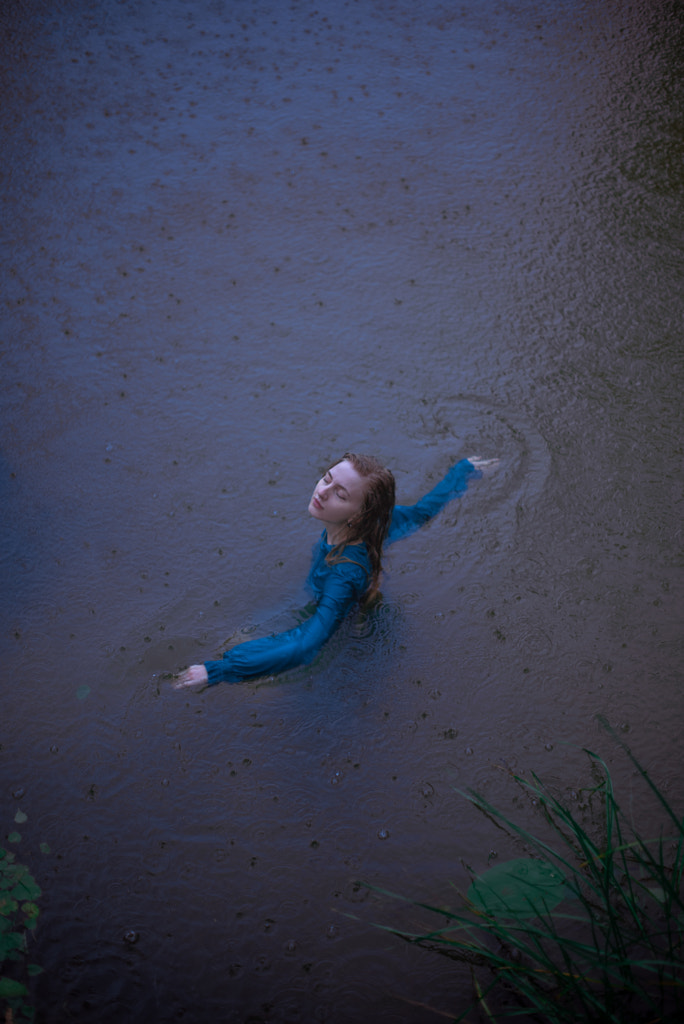
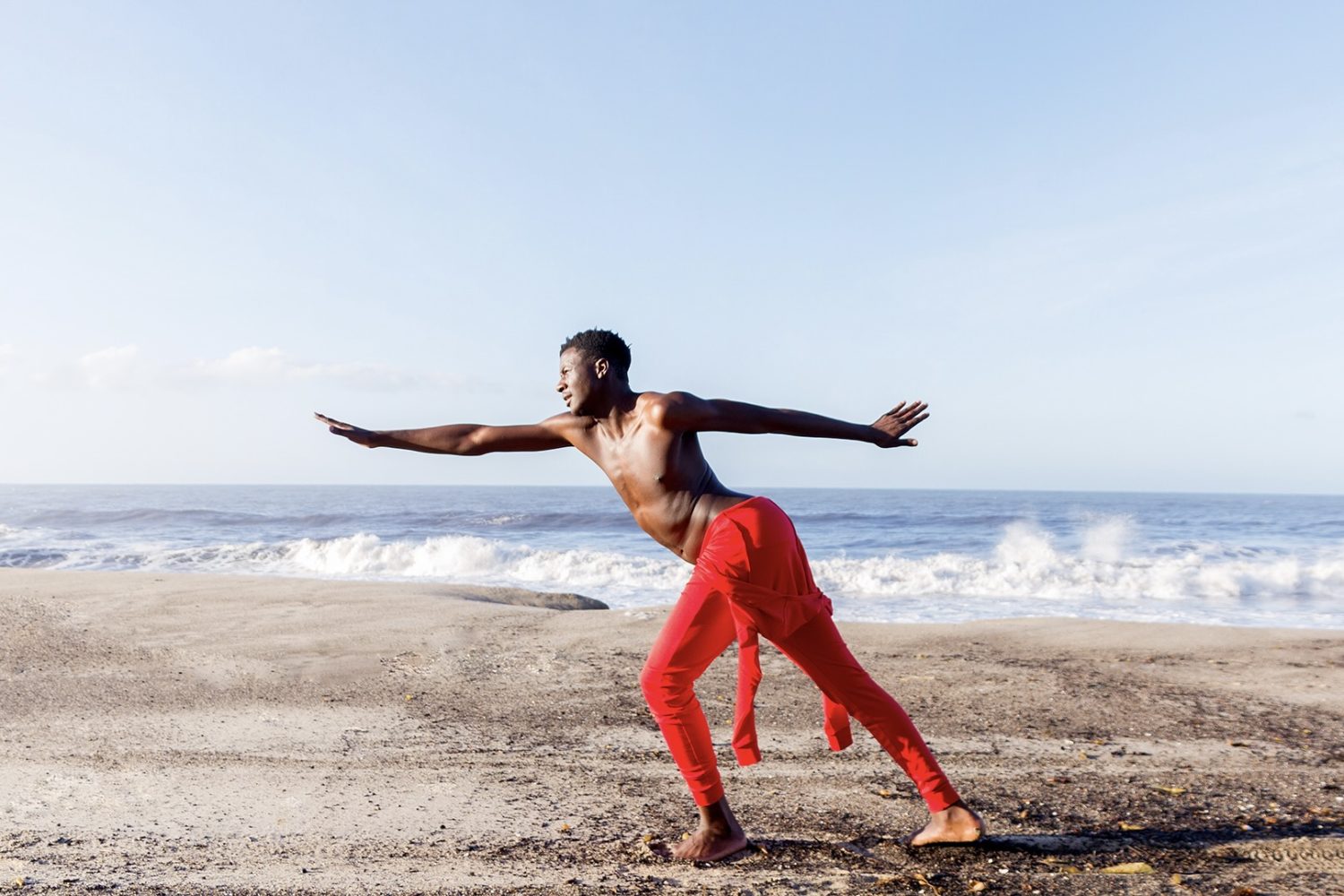



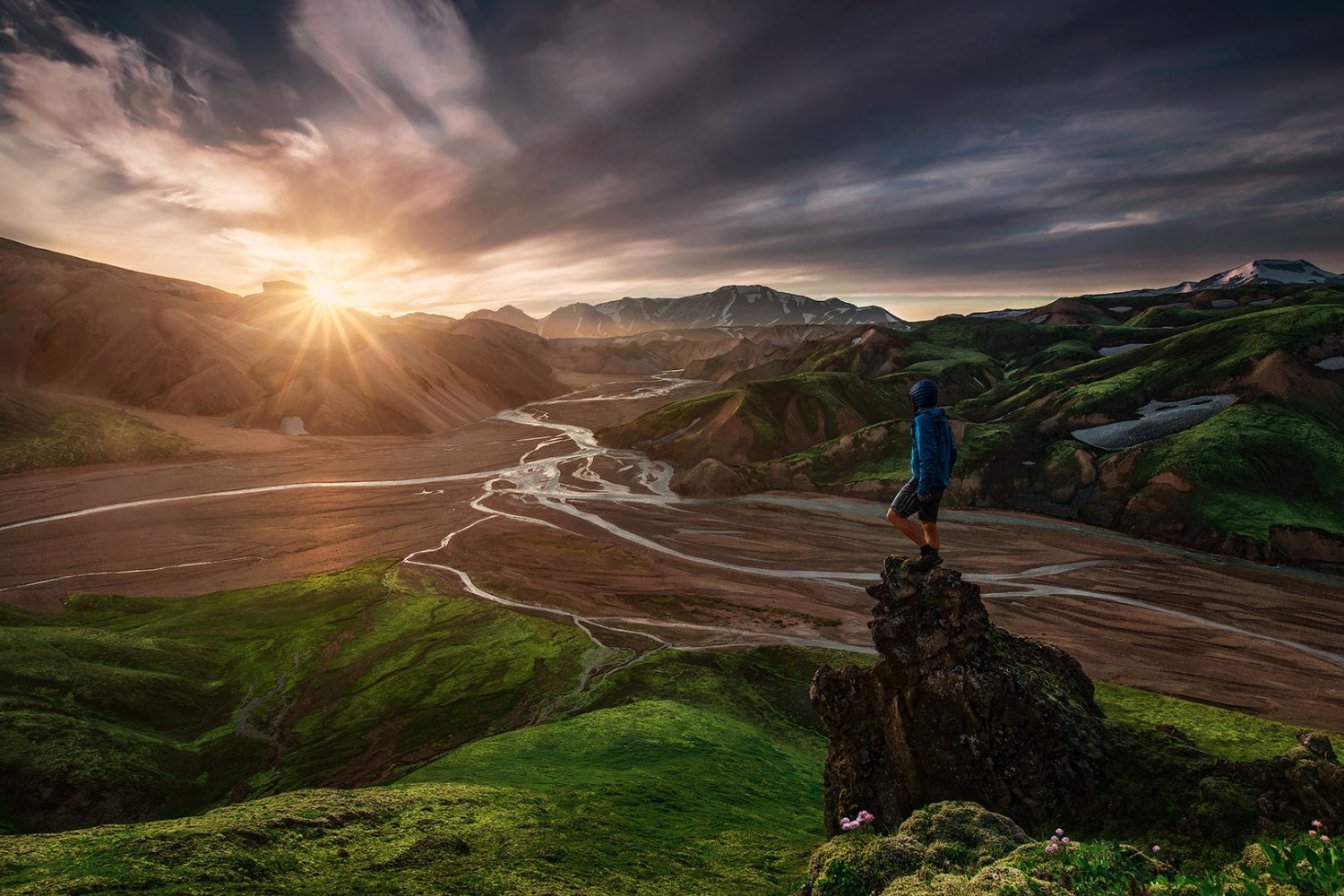
Leave a reply